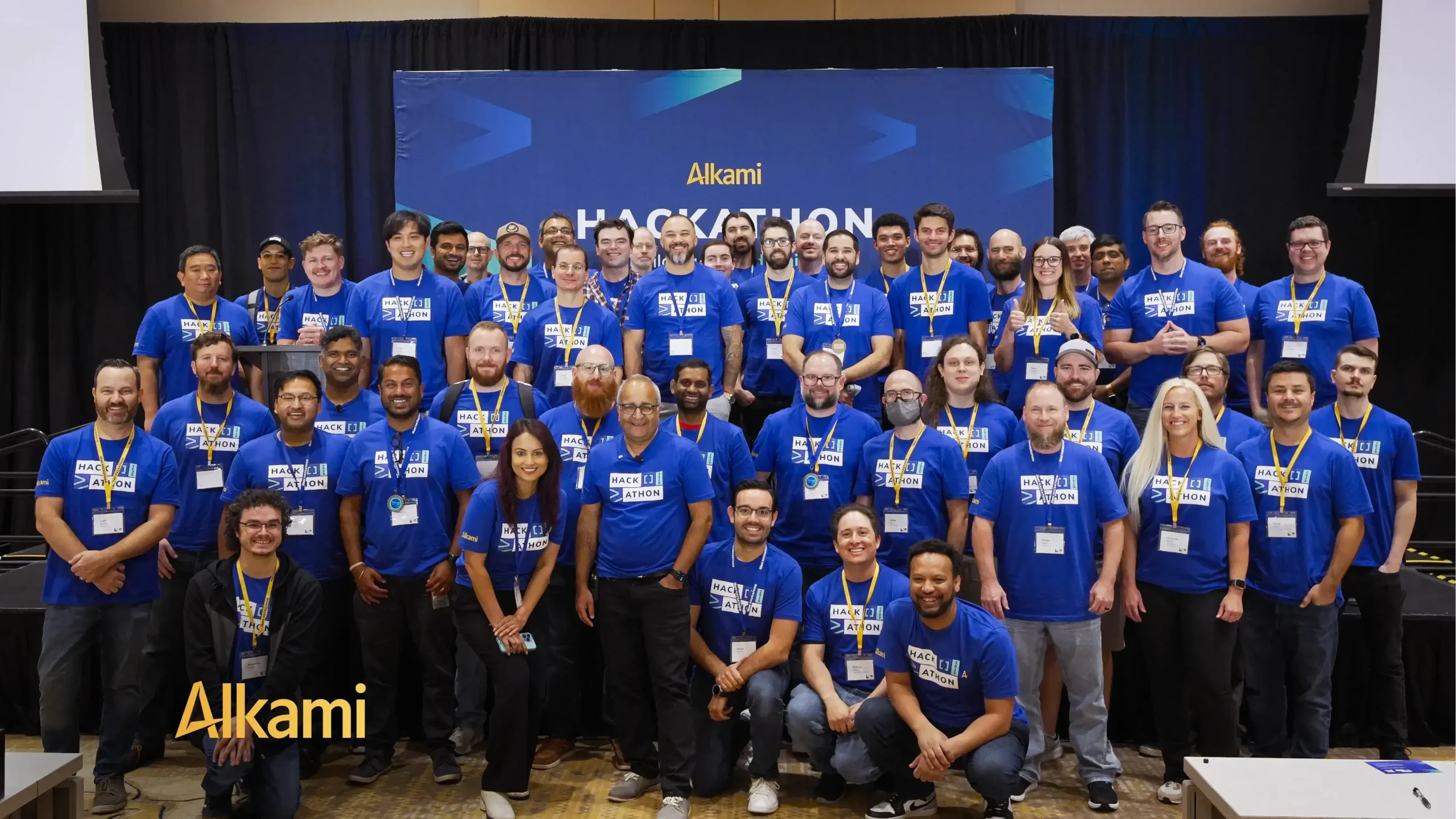Delivering seamless 24/7 support within digital banking solutions
The artificial intelligence trend explodes but many bankers are hesitant
Generative AI arrived into the mainstream in the form of ChatGPT 3.5 in 2022, which led to a burst of AI plans and projects. While large financial institutions are aggressively moving forward with AI projects, other banks and credit unions are more uncertain about how to start. According to an American Banker survey, 61% of respondents, “said they were using generative AI either in their personal or work life, including 28% who said they used it in both contexts.” In a highly regulated environment, it is prudent to clearly understand the ramifications of AI, especially with new regulatory AI guidance coming. However, FIs that stay on the sidelines too long will be left behind in this fast-paced AI-driven world.
How financial institutions are using AI in banking
The financial institutions that have jumped into the AI waters already have found several applicable use cases, and that list is likely to grow as the potential of AI continues to expand. These use cases include:
- Virtual assistants for self-service
- Fraud detection and prevention
- Credit, operational, and market risk management
- Underwriting process simplification
- Robo-advisors for automated investment advice
- Anti-Money Laundering (AML) and Know Your Customer (KYC) analysis
- Predictive analytics for account holder behavior
- Personalized banking offers and recommendations
- Data synthesis and custom reporting
- Automated documentation and record-building
While these applications have varying levels of strategic importance and focus for financial institutions, virtual assistants are often one of the first areas explored, due to consumer demands for convenience. Self-service is now expected 24/7 at financial institutions, just as it is with all other online providers. But with high-profile cases where AI has gone awry, it is no wonder that many banks and credit unions are hesitant to take the first step.
The pitfalls of generative AI for banking
Generative AI scours the internet for data and then provides a large volume of unchecked information. This is where financial institutions can get inherent risk: Several high-profile media examples of chatbot malfunction, such as the $1 Chevy Tahoe sale and Air Canada’s made-up refund policy, have proven that, if used without guardrails, generative AI can be costly. And, this cost won’t just be monetary—it can result in a company’s damaged reputation, legal and ethical ramifications, and the loss of trust.
Having to double-check all information provided before it is disseminated within your digital banking solutions will reduce the efficiency potential of AI and cause longer wait times for customers and members. To avoid the pitfalls of generative AI, such as reliability errors, biases, and data privacy issues, financial institutions should turn to responsible AI.
Responsible AI is the path to success
Responsible AI allows banks and credit unions to unleash the benefits of AI without the high risks associated with generative AI. Responsible AI includes three key components:
1. Safe
Responsible AI is only used on a secure platform and is encrypted by Transport Layer Security (TLS) for data transfer with triple hot redundancy and high reliability. This is critical to ensure that data integrity is maintained. Regular monitoring by your security team should also be included for regulatory governance and compliance.
2. Turnkey
Most financial institutions don’t have deep information technology (IT) resources, so complex AI programs cannot be easily installed, monitored, and maintained. Having an out-of-the-box, purpose-built solution ensures easy set-up, training, and utilization by call center and operational teams. With a turnkey solution, financial institutions experience quick deployment, allowing them to immediately benefit from automated workflows and insightful reports.
3. Proven
Responsible AI often provides banks and credit unions with the expected results almost immediately—no need to expend more resources with complex coding and complicated project management. Responsible AI demonstrates measurable, repeatable benefits to your key performance indicators (KPIs) and has a track record of success among other financial institutions.
Many financial institutions still have questions about AI and how to take the first step. Knowing there is a difference between responsible AI and other AI solutions helps narrow the field of options for financial institutions. For more foundational knowledge, read this blog on AI banking applications and frequently asked questions.
Artificial intelligence in banking is a tremendous undertaking for a financial institution to take on by themselves, that’s where integrating market-leading solutions from a trusted partner allows operational teams to grow at scale.
Activating responsible AI capabilities through Alkami & Glia’s Partnership
Through Alkami and Glia’s partnership, banks and credit unions can introduce AI into their day-to-day business operations; enhancing customer service and engagement. AI-powered chatbots and virtual assistants provide 24/7 support, ensuring a seamless user experience by quickly addressing inquiries and resolving issues.
“51% of millennials are comfortable with their financial data being processed by artificial intelligence (AI) if it gives them a better banking experience”
~ Key Benefits of EDI Banking
Additionally, AI can analyze account holder data which enables operational teams to provide more personalized financial advice, helping individuals make better decisions and removing frustration throughout the support experience. This level of personalization not only improves satisfaction but also strengthens loyalty, as account holders feel their unique needs are being met effectively.
From an operational standpoint, AI streamlines processes by automating tasks such as responding to routine support queries, organizing service queues, and keeping detailed reporting on support activities. This increases efficiency and reduces operational costs, allowing staff to focus on more strategic and value-added activities.
“Artificial intelligence in banking is continuing to gain popularity, and if used securely and ethically, can be a way in to capture millennials and share-of-wallet.”
~ Generational Trends in Digital Banking Study, 2024
Furthermore, AI-driven insights into behavior and preferences enable banks and credit unions to offer more relevant products and services, enhancing engagement. By staying at the forefront of technological innovation, these institutions can maintain a competitive edge, attracting new customers and members and retaining existing ones in a rapidly evolving financial landscape.
Interested in learning how AI in banking can help your financial institution achieve your business goals?









